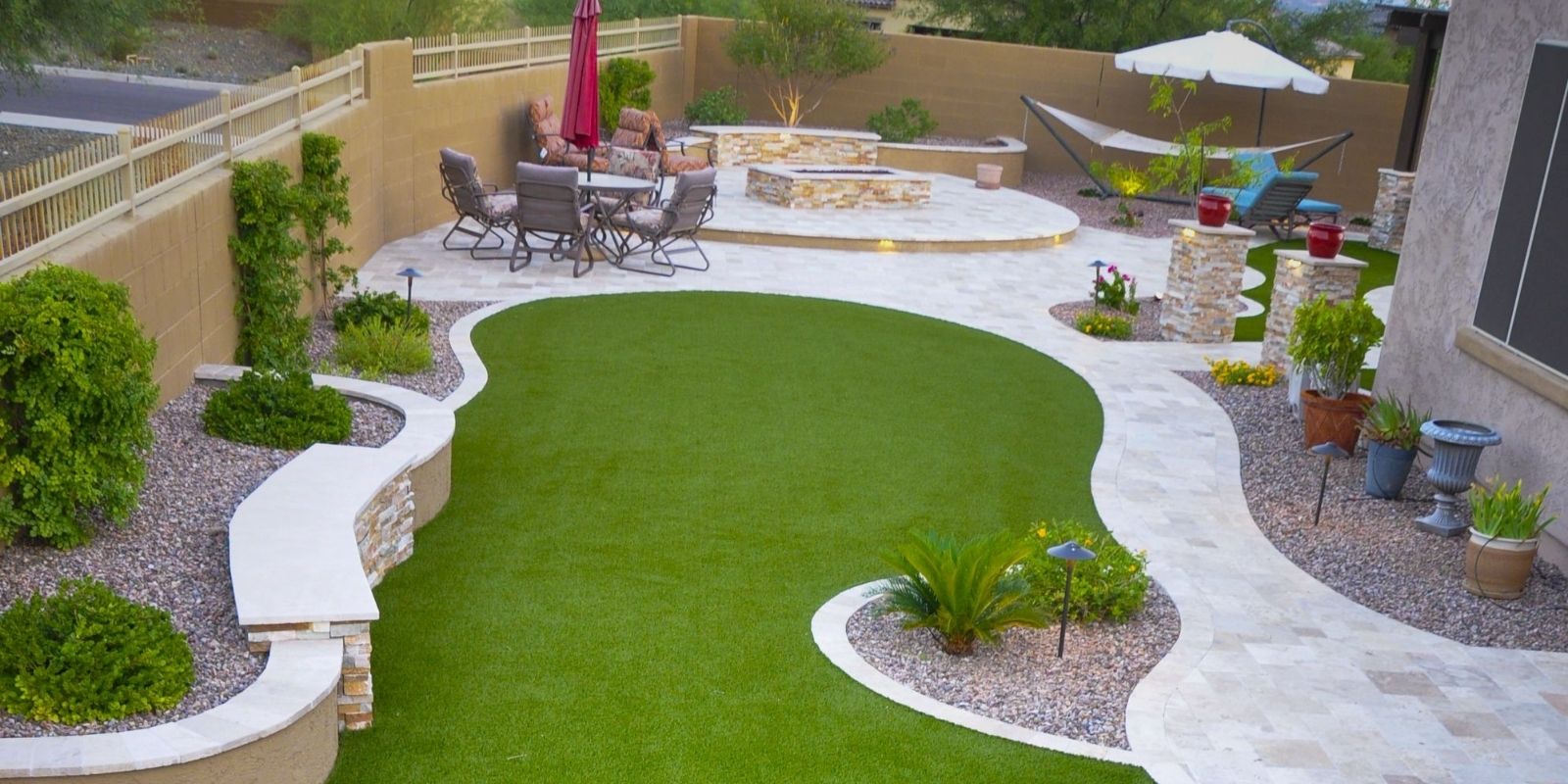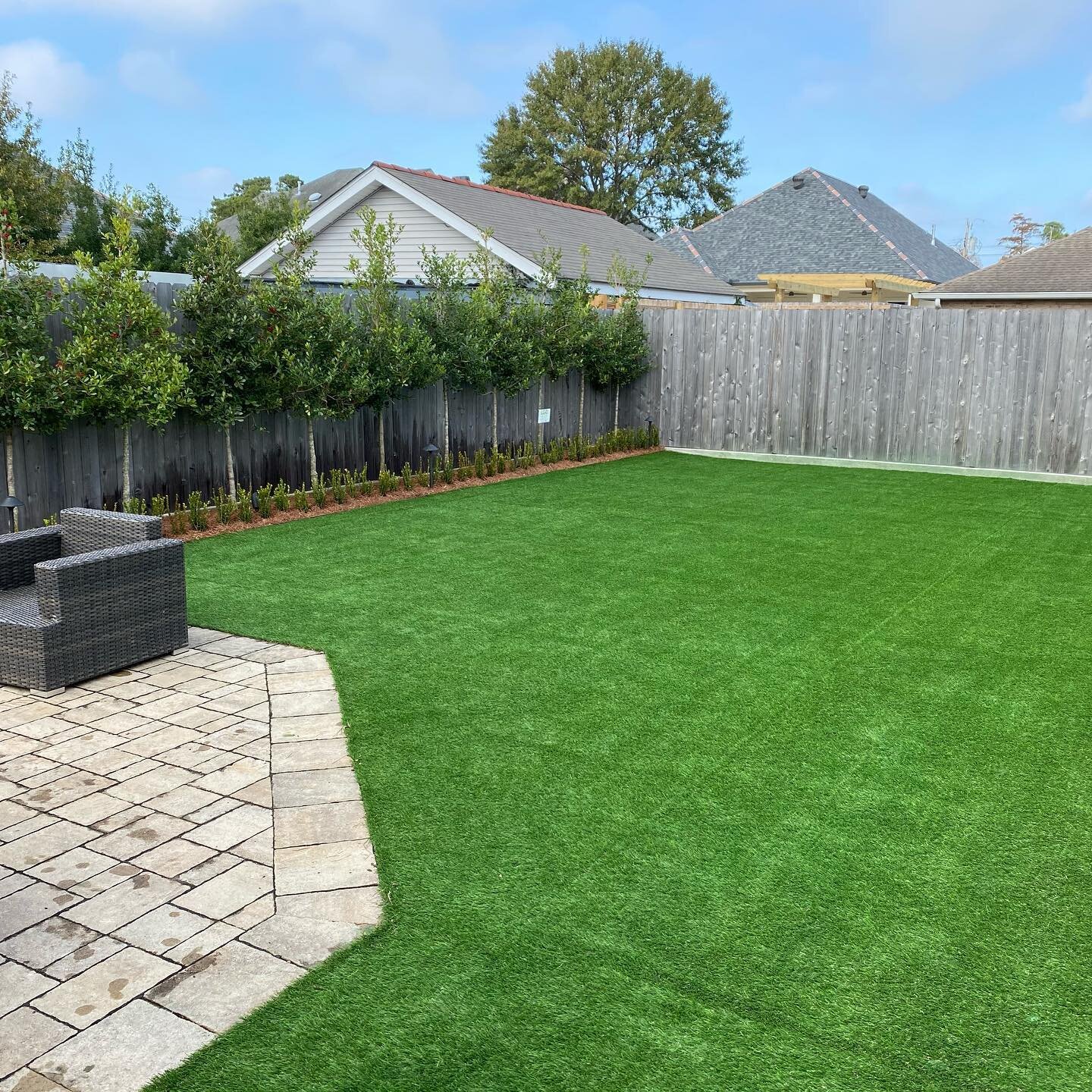Find the Top Turf Installation Phoenix AZ Services for Your Home or Commercial Property
Find the Top Turf Installation Phoenix AZ Services for Your Home or Commercial Property
Blog Article
Explore the Environmental Perks of Opting for Synthetic Grass Solutions
The fostering of man-made grass services offers an engaging opportunity to attend to pressing ecological difficulties. By dramatically decreasing water usage and reducing the application of harmful chemicals, these alternatives not only promote sustainable landscape design however also safeguard neighborhood environments.
Water Preservation Advantages
Among the most significant benefits of artificial grass is its capacity to conserve water. Standard grass lawns call for considerable irrigation, especially in areas prone to dry spell or water limitations. On the other hand, synthetic grass does not need watering, considerably decreasing the overall demand for water resources. This feature is particularly useful in deserts where water deficiency is a pressing worry.
By removing the requirement for normal watering, synthetic grass contributes to sustainable landscape techniques and assists mitigate the ecological influence of excessive water consumption. The conservation of water extends to the reduction of drainage, which can lead to dirt disintegration and river air pollution.
Furthermore, the installation of man-made grass allows municipalities and house owners to allot water sources a lot more successfully, concentrating on crucial usages such as alcohol consumption water and farming. The shift in the direction of artificial turf not only advertises accountable water usage but likewise straightens with broader ecological goals aimed at maintaining natural deposits.
As neighborhoods progressively focus on sustainability, the water conservation benefits of man-made lawn present a compelling case for its adoption in industrial and property landscape design tasks.
Minimized Chemical Use
The transition to synthetic grass significantly decreases the reliance on chemical therapies frequently used in all-natural lawn maintenance. Traditional turf management generally includes the application of plant foods, herbicides, and chemicals to promote development and control insects. These chemicals can pose threats to human wellness, local wildlife, and the setting, contributing to dirt and water contamination.
In contrast, synthetic grass gets rid of the requirement for these damaging compounds. When installed, it requires marginal upkeep, mainly consisting of normal cleaning and seldom infill replenishment. This decrease in chemical usage not just benefits the immediate setting yet likewise adds to more comprehensive ecological security. By decreasing the release of synthetic compounds into the ecological community, synthetic grass promotes healthier dirt and water systems.
Additionally, the absence of chemical drainage linked with synthetic turf installations helps protect regional waterways from air pollution, supporting aquatic life and keeping biodiversity. Arizona turf. As communities progressively prioritize sustainable techniques, opting for synthetic grass presents a viable remedy that straightens with ecological preservation objectives. Via this shift, home proprietors can take pleasure in rich eco-friendly spaces without compromising ecological wellness, leading the way for a much more sustainable future
Reduced Carbon Impact

Additionally, the installment of artificial lawn can lead to significant water conservation. Natural grass require substantial quantities of water for irrigation, which not just includes to the carbon footprint connected with water extraction and treatment but additionally stress local water resources. On the other hand, synthetic grass requires marginal upkeep, requiring no watering, therefore substantially minimizing water usage and its associated energy prices.
Furthermore, the longevity of synthetic grass adds to its lower carbon impact. With a lifespan of up to 15 years or more, the need for regular replacements is reduced, causing less waste and reduced energy usage in production and throwing away traditional grass alternatives. Overall, synthetic grass provides a sustainable option for environmentally conscious landscaping.
Environment Conservation
Environment conservation is a vital consideration in the argument over landscaping selections, particularly when contrasting fabricated grass to natural lawn. Natural grass yards view website usually call for considerable upkeep, including making use of pesticides, plant foods, and herbicides, which can negatively influence neighborhood ecological communities. These chemicals can seep right into the soil and rivers, harming indigenous vegetation and fauna and interfering with regional environments.
Fabricated lawn gets rid of the requirement for dangerous chemicals, consequently protecting nearby wild animals and maintaining the integrity of surrounding communities. The setup of fabricated grass can lead to the conversion of previous yard areas right into even more biodiverse landscapes, such as pollinator yards or native plant areas, which can support local wildlife.
Eventually, the change to fabricated lawn not only conserves water and decreases maintenance efforts but also fosters a much more harmonious connection between human activities and the natural surroundings, promoting environment preservation at the same time.
Long-Term Sustainability
Long-term sustainability is an important consider reviewing the advantages of fabricated turf over typical yard lawns. Among one of the most considerable benefits of fabricated turf is its durability; it can last as much as 15-20 years with minimal upkeep, whereas natural turf needs constant reseeding and substitute. This long life decreases the need for consistent resources, such as water, plant foods, and chemicals, which are vital for preserving a healthy yard yard.
Additionally, synthetic grass contributes to a reduction in carbon exhausts linked with lawn care equipment. Traditional lawns frequently call for gas-powered mowers, trimmers, and blowers, every one of which contribute to air contamination. Arizona turf. In contrast, synthetic grass gets rid of the demand for such devices, advertising a cleaner setting
Furthermore, the production of synthetic grass progressively utilizes recycled products, enhancing its sustainability account. As producers adopt environment-friendly techniques, the environmental impact of artificial turf continues to reduce.

Conclusion
The fostering of artificial turf solutions presents significant environmental advantages, including significant water preservation, lowered dependence on harmful chemicals, and a reduced carbon impact. In addition, synthetic grass help in protecting natural habitats by minimizing land disruption and advertising long-lasting sustainability with the use of durable products. Collectively, these variables emphasize the capacity of artificial lawn to add positively to ecological health and wellness and offer a viable option navigate to this site to conventional landscape design practices in a progressively resource-conscious globe.
In comparison, fabricated turf does not need watering, dramatically decreasing the overall need for water resources. By reducing the launch of synthetic substances into the ecosystem, man-made turf advertises much healthier soil and water systems.
In addition, the setup of fabricated grass can result in significant water conservation. In comparison, artificial grass requires minimal maintenance, calling for no watering, thus dramatically reducing water usage and its linked energy expenses.

Report this page